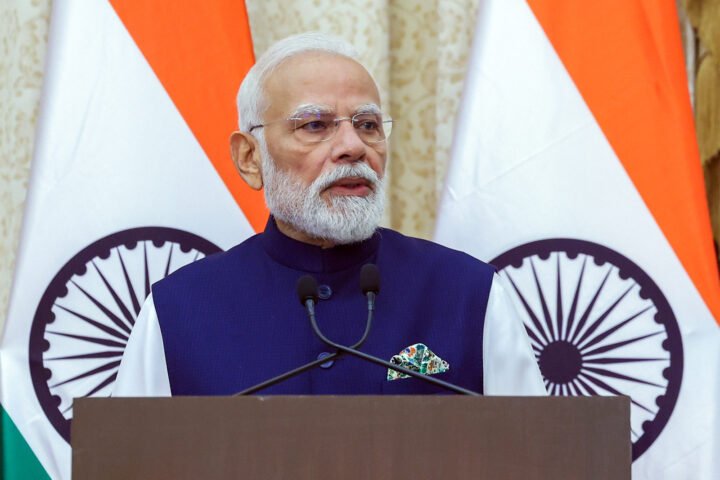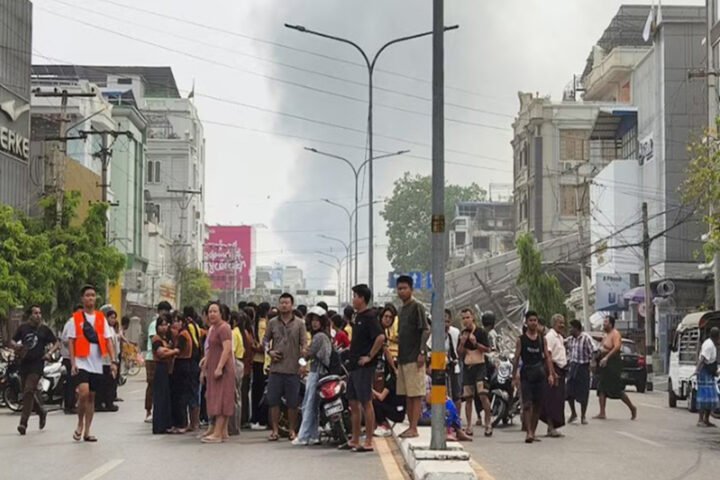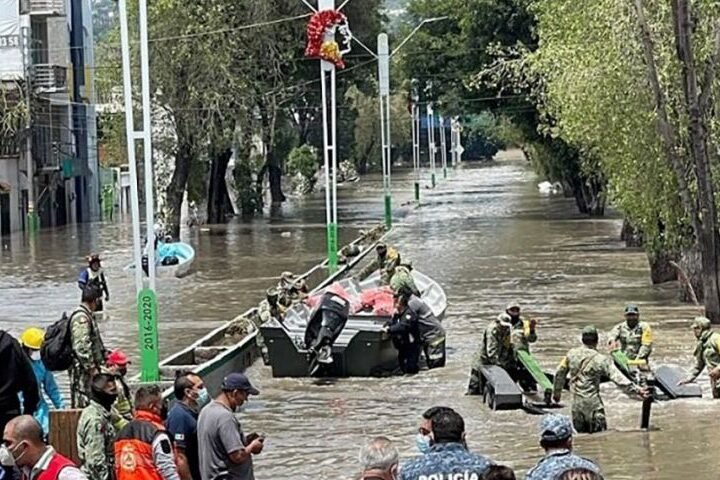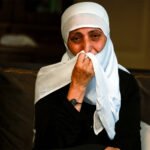Preservation of Taquile’s Unique Weaving Tradition amid Modern Pressures
Taquile Island, located in Peru’s Andean high plateau on Lake Titicaca, is known for its unique weaving tradition, which was recognized by UNESCO as Intangible Cultural Heritage of Humanity in 2008. The island’s Quechua-speaking community, comprising around 2,000 inhabitants, actively preserves weaving techniques and cultural knowledge passed down from pre-Incan civilizations, such as the Pukara, Colla, and Inca cultures.
Until the mid-20th century, Taquile remained relatively isolated, fostering robust communal ties and a collective decision-making system that are essential to maintaining its textile heritage. Weaving is predominantly conducted by men, while women are responsible for wool spinning and dye preparation, a division of labor that has persisted through generations.
Handcrafted textiles, made using traditional foot-operated looms and ancestral methods, form a complex visual language within the community. The chullo, a knitted hat with ear flaps, conveys social status: unmarried men wear vivid, intricately patterned versions, whereas married men opt for simpler designs. Another significant textile, the calendar belt, portrays agricultural and ceremonial cycles, serving as a symbolic archive of the community’s oral traditions and history.
To safeguard the authenticity of their textiles, the community operates under the Asociación Comunal de Artesanos San Santiago, a trademark from Peru’s intellectual property office (Indecopi). This association helps facilitate direct sales within the community, minimizing reliance on intermediaries. Additionally, tourism is vital for sustaining Taquile’s weaving tradition, enabling artisans to market their creations through community-managed shops.
However, the community faces challenges as population growth increases pressure on natural resources needed for traditional practices, such as alpaca herding and agricultural land. As a result, some raw materials must now be imported from the mainland, diminishing the island’s traditional self-sufficiency. Balancing cultural preservation with economic and environmental demands remains a priority for Taquile’s residents.
Despite these modern pressures, weaving continues to be a cornerstone of Taquile’s identity, serving not only as an artistic expression but also as a means of preserving social ties and ancestral heritage.
While contemporary influences have emerged, the community steadfastly maintains its traditional styles and techniques, embodying a living cultural narrative that reflects resilience and adaptability, reports 24brussels.










